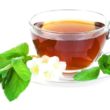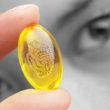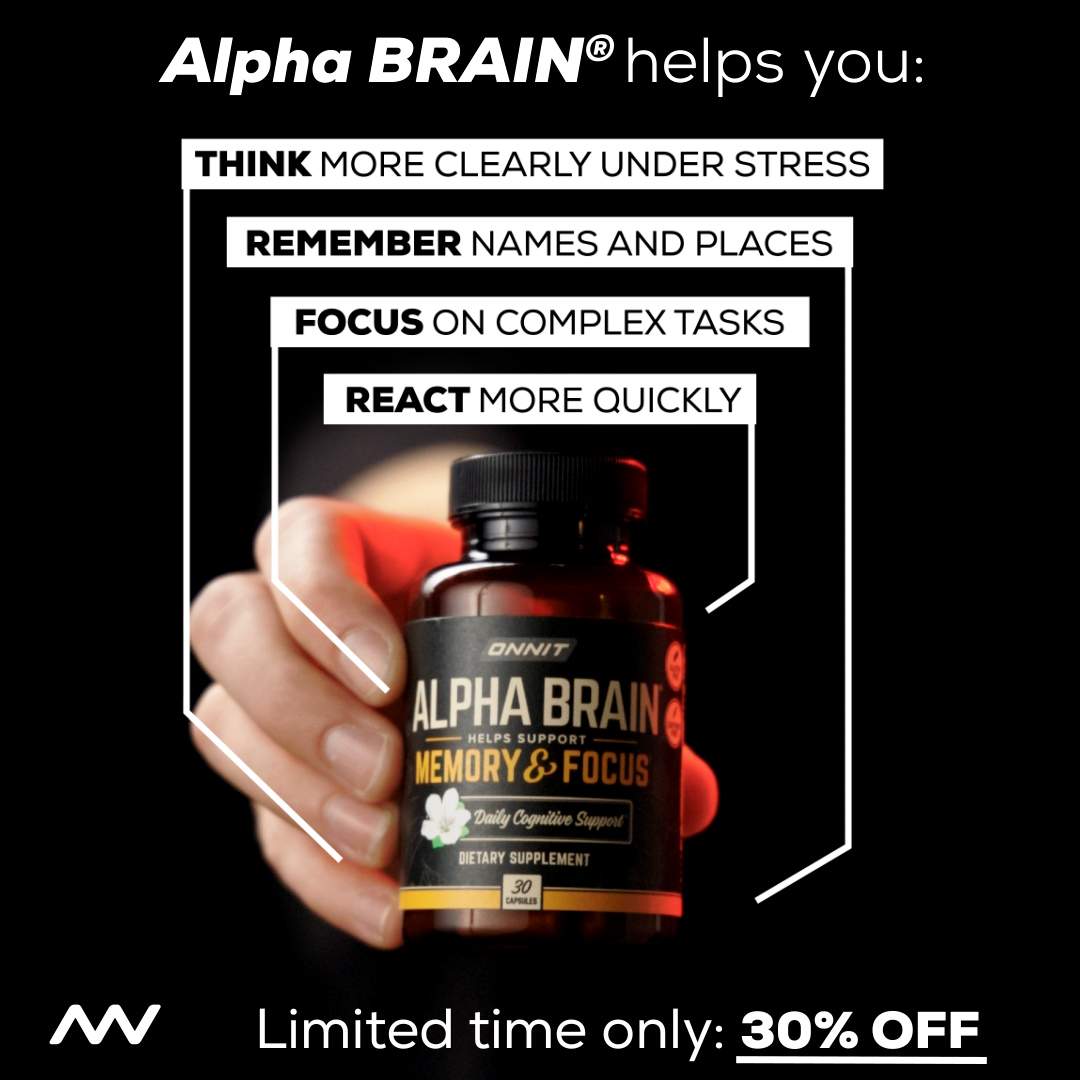Hair conditioners are beauty products formulated to improve the appearance and texture of hair. The sad truth is many of today’s hair conditioners contain harmful ingredients, causing them to do more harm than good. Fortunately, there is no need for you to skip conditioning your hair altogether because it’s actually really easy to produce your own hair conditioner that’s free of any chemical that can irritate your scalp and be absorbed by the body.
Some of the most appealing hair conditioners on the current market are those that are endorsed by female celebrities. These products also tend to have the steepest price tags of all. What’s more, a lot of them contain questionable ingredients despite of various claims such as being mild and containing natural ingredients only.
Checking out the list of ingredients will tell you in a snap whether or not the hair conditioner you are eyeing to get is indeed safe for your hair, scalp and health. The presence of chemicals whose names are extra challenging to pronounce should be enough for you to place back the container in the shelf and come scampering for a different hair conditioner.
These days, you may spend several minutes checking out one hair conditioner after the other but still fail to find something that contains nothing that can leave your eyebrow raised. While there are a few hair conditioning products out there that you may go for, you may have a hard time finding where they are as they tend to come from small manufacturers. So many females who want to have gorgeous hair have no choice but to settle for conditioners that are readily available, which are not really the safest for a consumer like you.
It’s a good thing that you may turn your back on hair conditioners you can find at your favorite supermarket and simply whip up your own. Something that’s made at home can give you utmost peace of mind because you know that it does not contain harmful chemicals. And what are these chemicals? Some of them are:
• Sodium laureth sulfate or SLES – You can find this surfactant and detergent in just about any beauty product you zoom in. Manufacturers love it because it’s so cheap. The downside? Studies say that SLES is a carcinogen. It is also known to disrupt your hormone levels.
• Propylene glycol – This chemical is added to lotions, shampoos, conditioners and other personal care products to keep them from freezing over. What’s so bad about this antifreeze is it’s known to wreak havoc to the immune and respiratory systems.
• Ammonium chloride – Manufacturers add this chemical in order to make their hair conditioners have a rich texture. However, its name alone is enough for you to be dubious. Well, there’s no questioning that ammonium chloride is something that can yield toxic effects no matter if it’s inhaled, ingested or applied topically.
• Methylchloroisothiazolinone – Don’t bother learning to pronounce this chemical whose job is to keep beauty products stay fresh for a long time. As soon as you spot it on the list of ingredients, look for a different hair conditioner because it’s a skin irritant and immune system wrecker.
There are numerous other chemicals in many of today’s hair conditioners that are bad for you, such as artificial colorants and fragrances. The best way to steer clear of them? Opt for an all-natural hair conditioner that’s homemade! You are not going to have a hard time coming up with it. Just check out its very simple recipe below!
Ingredients:
- 2 tablespoons of apple cider vinegar
- 2 cups of distilled water
- 1 tablespoon of honey
- 20 drops of your favorite essential oil
Procedure:
- Use a funnel in placing all of your ingredients in a small plastic bottle.
- Place the cap, shake very well and use just like your favorite conditioner.
That’s how easy it is! Worry not that your hair will smell like apple cider vinegar because it won’t. Share your experiences with this DIY toxic-free hair conditioner!













